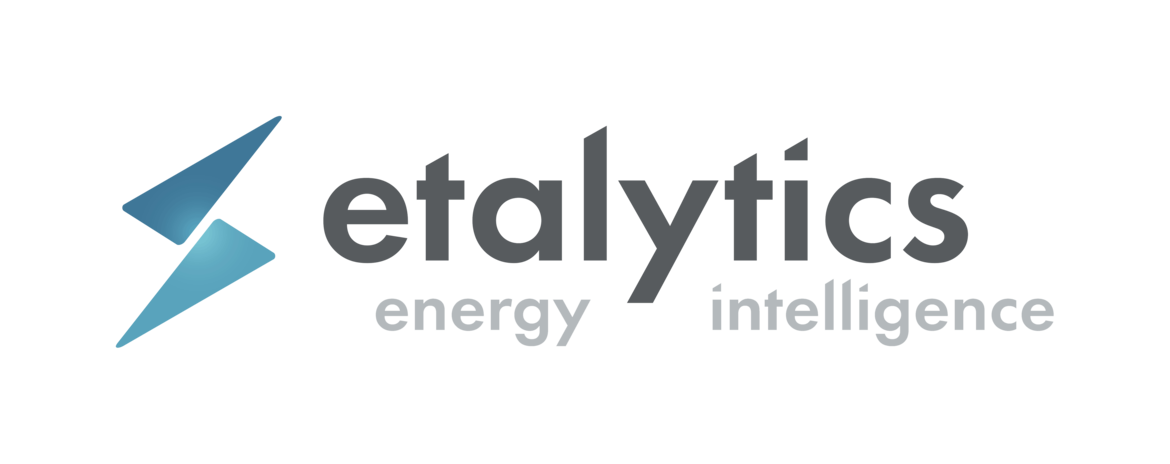Beyond Compliance: How Data Powers the Future of Efficient and Sustainable Data Centers
Alicja Niekrawietz from etalytics illustrates how data center operators can transform compliance-driven data collection into a strategic advantage by using intelligence to optimize energy and drive sustainable infrastructure.

©Peach_iStock| istockphoto.com
As data centers face mounting regulatory pressure, operators can transform compliance-driven data collection into a strategic advantage. By applying intelligence to operational data, the industry can move beyond reporting to achieve energy optimization through sophisticated monitoring, prediction, and autonomous control – setting a new standard for sustainable digital infrastructure.
In times where digital infrastructure powers our economy while consuming significant energy, data centers must balance growth with environmental responsibility. European regulations have sparked industry debates but offer a transformative opportunity: leveraging mandated transparency to build intelligent, sustainable infrastructure. Forward-thinking operators view compliance not as a burden but capitalize on collected data to advance holistic energy intelligence in data center management.
The regulatory landscape: Beyond the controversy
The industry has been consumed by debates over new regulations – from PUE targets to extensive reporting requirements. Colocation providers have raised concerns about their limited control over customer IT deployments while bearing responsibility for facility-wide efficiency.
Regardless of regulatory specifics, transparency is the inevitable first step toward more efficient data center operations. Data center operators are intrinsically motivated to optimize energy consumption, especially of their cooling infrastructure, since it directly impacts their bottom line. Mandatory monitoring simply accelerates the journey many operators have already begun.
Data quality: The foundation of intelligence
While data collection is becoming standard practice, accumulating data without quality assurance provides little value. Many data centers already capture critical measurements but lack structured evaluation processes.
The most effective approach begins with targeted data quality checks at strategic points. Comprehensive energy intelligence doesn’t require massive data volumes, but rather carefully selected, high-quality data points integrated into physics-based models.
Component-based digital twins – thermodynamic models of specific assets – have proven particularly powerful. These models require few inputs, as they incorporate fundamental principles of how equipment behaves, needing only parameterization from real-world measurements.
Cooling infrastructure: The key to unlocking data center efficiency
When considering energy efficiency in data centers, it’s critical to focus on aspects that all operators can meaningfully influence. While colocation providers have limited control over customer IT equipment deployment – a significant factor in overall efficiency metrics like PUE – cooling infrastructure remains universally manageable across all operator types. This cooling infrastructure, composed of various energy conversion assets from chillers to cooling towers, represents both a substantial portion of energy consumption and the domain where operators maintain complete control.
This reality makes cooling infrastructure the ideal starting point for data-driven optimization, providing an opportunity for efficiency gains regardless of the business model.
The journey to energy intelligence can be divided into three stages, depending on the scope and type of data used.
Energy monitoring – Identifying low-hanging fruits
The first stage involves structured monitoring and basic analysis of cooling infrastructure, quickly revealing obvious inefficiencies for immediate optimization.
Consider a simple case of performance comparison between cooling systems. Through basic data analysis, operators can identify when seemingly identical equipment performs differently due to environmental factors – such as placement that causes one unit to intake warmer air than another. These insights lead to immediate operational improvements without requiring large capital investment.
Condition monitoring – Preserving optimal performance
The second stage leverages data to actively monitor asset conditions, enabling condition monitoring and predictive maintenance. This prevents the gradual deterioration of cooling efficiency between traditional maintenance intervals.
For instance, cooling tower filters regularly become clogged during spring months due to increased pollen. Rather than waiting for scheduled maintenance, intelligent systems can detect subtle efficiency changes, triggering timely filter replacement. This can significantly maximize free cooling periods.
Similar approaches can detect refrigerant leaks in compression chillers or identify anomalies in pump performance before they cause system failures. The same data foundation also supports retrofit decision-making, providing evidence-based analyses of whether investments like variable frequency converters will deliver meaningful return on investment.
AI-powered autonomous control – Maximum efficiency
The pinnacle is AI-driven autonomous control of infrastructure systems. This approach balances numerous variables – load patterns, weather conditions, equipment condition, energy prices – beyond the capabilities of static control sequences.
As a real-world example of this approach in action, Equinix has showcased its remarkable potential at the “FR6” data center in Frankfurt, Germany, where AI-optimized cooling systems have achieved approximately 48% energy savings [1, 2]. The system continuously adjusts setpoints in response to real-time conditions and predictions, maintaining optimal efficiency.
This level of intelligence also enables true energy flexibility, allowing data centers to become active participants in the broader energy ecosystem. By intelligently orchestrating on-site generation, storage systems, and load management, facilities can provide valuable grid services such as peak load shaving. Many data centers effectively maintain megawatts of standby capacity that intelligent systems could leverage to respond to grid conditions, potentially participating in demand response programs while maintaining critical operations.
The future: Holistic energy intelligence
As we look ahead, the integration of all energy flows – consumption, generation, and storage – under a unified intelligence framework represents the future-ready data center. These facilities will dynamically balance multiple energy sources while optimizing for both operational requirements and sustainability goals.
This holistic approach requires systems capable of processing and optimizing all variables in real-time – from cooling needs to renewable generation forecasts to energy market pricing. The foundation for this capability is being laid today through the data infrastructure emerging from regulatory compliance efforts.
Conclusion: Seizing the moment
We find ourselves at a critical juncture in 2025. While regulatory pressures have accelerated data collection, the real opportunity lies in transforming compliance into a competitive advantage.
The question isn’t merely whether energy management systems meet reporting requirements, but whether they’re laying the foundation for holistic energy intelligence. As AI capabilities mature, those with high-quality data foundations will implement increasingly sophisticated optimization strategies, while those focused solely on compliance risk may find themselves sidelined in the race toward intelligent and sustainable operations.
The regulatory push for transparency can be the catalyst that transforms data centers from energy consumers into intelligent infrastructure hubs optimized for both performance and sustainability. The question isn’t whether to embrace this transition, but how quickly your organization can position itself at its forefront.
Sources:
[1] Equinix steigert Energieeffizienz in Frankfurter Rechenzentrum mit KI um bis zu 9% und baut Zusammenarbeit mit etalytics an weiteren Standorten aus – Equinix (German press release).
[2] A.I. Frenzy Complicates Efforts to Keep Power-Hungry Data Sites Green – The New York Times.
With a degree in Industrial Engineering specializing in mechanical engineering, Alicja Niekrawietz is dedicated to advancing sustainable industrial practices through innovative solutions. As Technical Account & Growth Manager at etalytics, she supports industrial clients in implementing data-driven strategies and AI-driven control to optimize energy efficiency and reduce emissions. Her expertise bridges engineering and business, enabling the successful integration of complex technologies into real-world industrial environments.
Please note: The opinions expressed in Industry Insights published by dotmagazine are the author’s own and do not reflect the view of the publisher, eco – Association of the Internet Industry.





